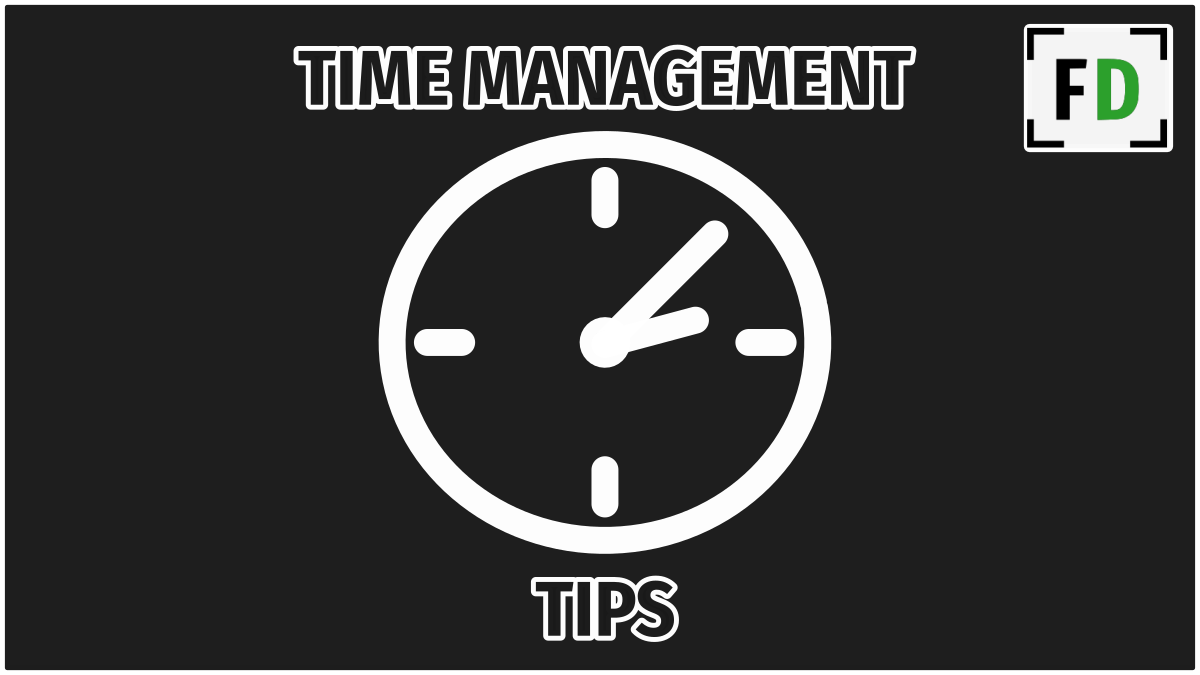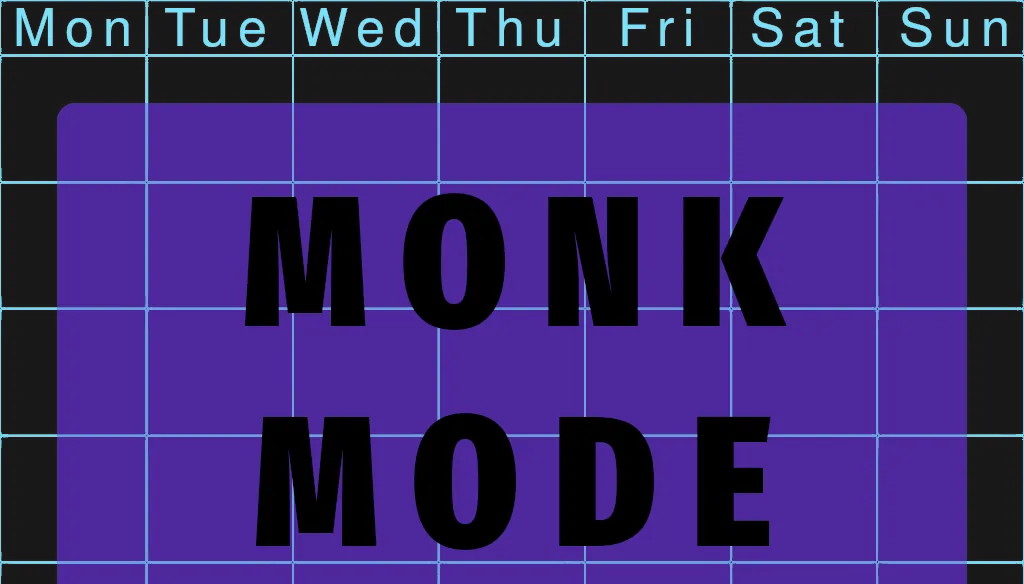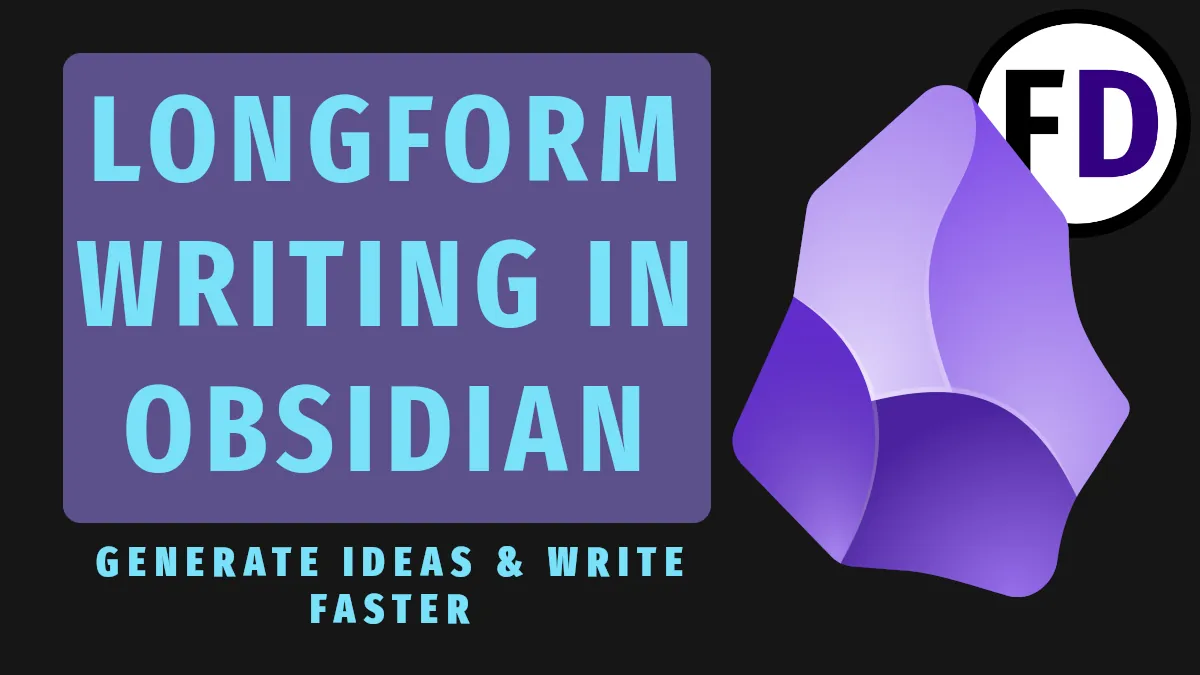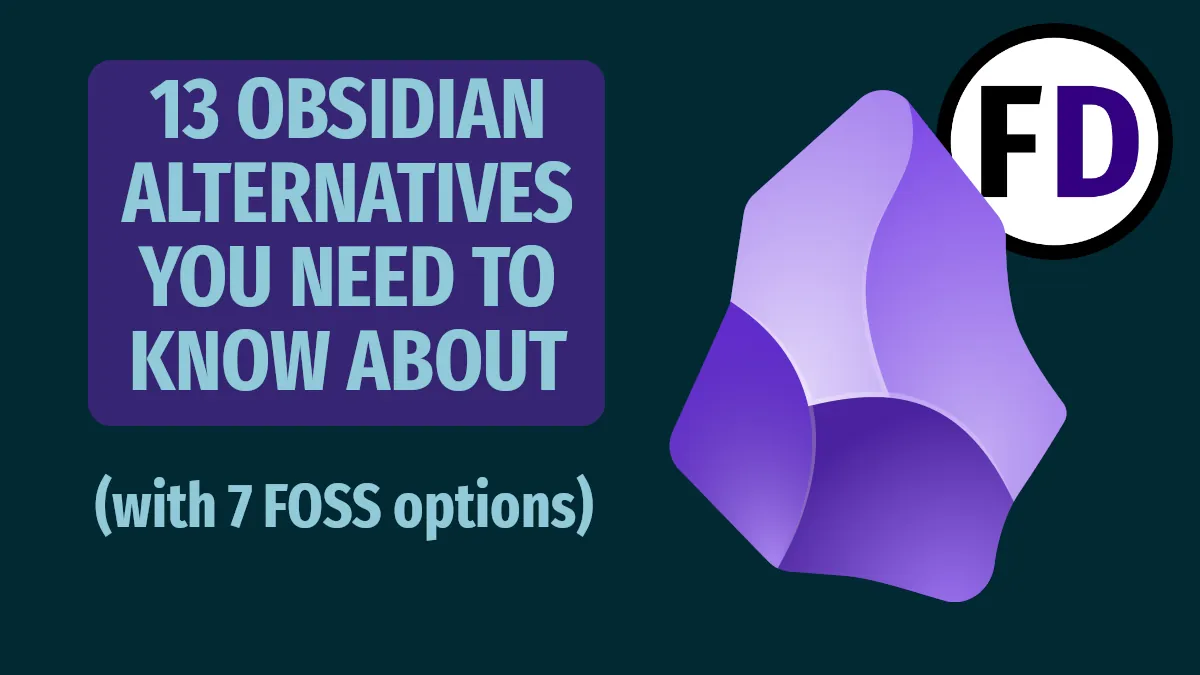In Getting Things Done, David Allen talks about back-of-the-envelope plans as being some of the most efficient and effective plans that ever get made. You know the type, when you meet up with a colleague with a cup of coffee and just hash out a few of the most important details of a plan, decide who does what and get to work. This is the natural planning model at work.
In Getting Things Done, David also offers a model for not only impromptu back-of-the-envelope planning sessions but for any planning session. Whether you’re in the board meeting room at work or just at home in your study, you can use the natural planning model to efficiently plan a project regardless of it’s complexity.
If you find that it’s your project management, rather than your project planning that’s a mess, check out this post on Why Your Projects are a Mess!
So What is the natural planning model?
The natural planning model is a 5 step process to guide you through the creation of a project plan that can be used to generate possible ideas, quickly identify tasks and start making progress. It is the called The Natural Planning Model because it is the process the brain goes through when it makes any decision.
- Defining purpose and principles
- Outcome visioning
- Brainstorming
- Organizing
- Identifying Next Actions
The Unnatural planning model

I have been in countless meetings where whoever was in charge tried to impose an unnatural structure on the process of project planning. Those sessions never went well. Usually the GM would call us into the meeting room and ask us as a mixed group of different departments about some financial issue. It always seemed that we had jumped in half way through. Most of us didn’t actually know what was trying to be achieved. As a member of the IT department I needed walking through the problem if I was to be able to offer any assistance.
But no, usually we just sat at the back and let the accountants hash it out, most of the time it seemed like they didn’t really know what was going on either.
Usually when there is a problem or when something needs to be planned for most of the time there is only the call for “Good ideas” and “How are we going to achieve this.” But this is not how the brain wants to work.
There was a reason we all got called into that meeting room, there was a hope that someone from some other department might have a better solution but without defining the purpose of the meeting or what the intended outcome was we just remained at the back with the espresso machine.
The Natural Planning Model
There is a way that our brains naturally plan. We do it everyday in fact, we can’t help but do it. For the big things and the small, it’s always the same process. You can observe yourself next time you make a decision and see how you come to it, it will be something like this.
- I’m hungry!
- I want huge chicken sandwich!
- Do we still have that bacon left? Oh! I bought mayo yesterday, perfect! I think I’ll use that baguette rather than the wholemeal bread Oo I could order KFC! No, I’ll fry the chicken in the fridge!
- OK – Fry Chicken, into the baguette, add the bacon bits and tons of mayo
- You get up and walk into the kitchen
- Defining purpose and principles
- Outcome visioning
- Brainstorming
- Organizing
- Identifying Next Actions
This is the way our brains naturally plan, if you try to enforce some other method of planning, your are working against your biology.
Defining purpose and principles

Ask yourself “Why am I doing this?”
Knowing the reason why you are embarking on a certain project aside from what it is you want to achieve can be really informative and can completely change how you go about planning and engaging in your project. A great case study which shows this brilliantly comes from Disney. There was a time when guests were being put off because some of the staff members were disinterested at best and sometimes just downright rude.
The staff members in question were the cleaning staff. They wonder around the park sweeping the floor and cleaning tables. Evidently they were told that there goal was to keep the park spotless, which they were willing and able to do. In fact they did it so well that they would tell guests to move when they wanted to clean or get frustrated with them when they dropped litter or made their jobs harder. If guests asked them for directions they would often be ignored because the staff were focused only on cleaning.
No one had told the cleaning staff why they were cleaning. It was so that the guests had a magical time. Eventually Disney hired some consultants to come in advise management on what to do. The cleaning staff were told that their main objective was to give the guests a magical experience, above all else. Yes, this still meant they had to clean the park, but the guests experience was the priority. If they wanted directions, it was more important than cleaning, if they were in the way, make sure they were enjoying themselves rather than shooing them on.
The turnaround was instantaneous. The Disney Parks reputation was saved and all it took was the question “Why are we doing this?”
Nietzsche said “If you know your why, you can withstand any how. “So why are you doing this?
Outcome Visioning

Now you know your why, it’s time to come up with a vision.
What am I trying to achieve?
What does done look like?
Knowing your why might allow you to recognize what’s really important but knowing your outcome will keep you on track to actually achieving it.
This doesn’t have to be some difficult or complicated SMART goal that that consultant who came into work told you about. It can be as simple as I want to Bench 100kg or I want to turn my side hustle into my main job.
Be specific about what you want to achieve here so you can be sure when you’ve completed it. An outcome such as I want to be stronger or I want to earn more money doesn’t have a defined finish line, which is what we need when we are visioning outcomes.
Brainstorming
This is the part where you can let yourself go wild, write down everything you can about this subject, even if you know it’s a terrible idea.
- Who
- How
- What
- When
- Where
- Tools
- Cost
All that good stuff. Allow your mind the freedom to have bad ideas, sometimes they may lead you to your best ideas. The point here is to give yourself options, choices that you can later corral into a good plan. If you only allow yourself to write down good ideas, more than likely you wont write much down. When you come to creating your plan you wont have many options and will end up just doing the first thing that came into your head.
Organizing
Take a look back at everything you produces during your brainstorming, now its time to organize some of that chaos. Start by crossing out ideas that you know wont work, are not feasible or that you just don’t want to do.
Everything that’s left is something you could do. Try to fit it together into a cohesive plan. You may still need to remove some things, or you might have to add some new ideas, let yourself go down those rabbit holes. When you come back out you will have a plan to actually get you from here to your outcome.
Identifying Next Actions
Now that you have your plan, find the next actions. It’s unlikely that you can do it all now. Some actions may require others to have been completed first. Some may require additional resources or planning that hasn’t been done yet. For now though, just find those actions you can do right now with what you have available and put them onto your actions lists.
As you finish those actions come back to this project plan and find the new next actions. Repeat until the your outcome is achieved.
Example – Start a website
Purpose – Why am I doing this?
I want to quit my job and earn 100% of my income from an online business I own.
Outcome – What does done look like?
Have a fully functioning website setup so that I can start writing content for it
Brainstorming
Brainstorming for a this project might look something like this.
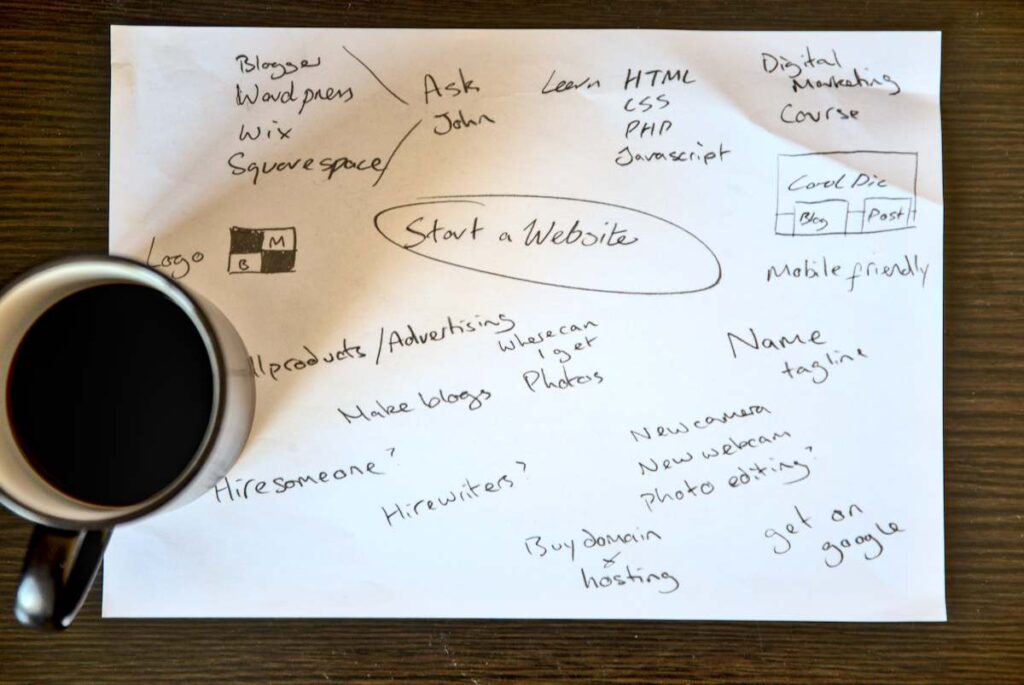
Organizing – Let’s make a plan
Looking at your brainstorm, identify
- What is a good idea?
- The bad ideas
- What can I actually do now?
- Tasks you will need to do at a later date
Identifying next actions
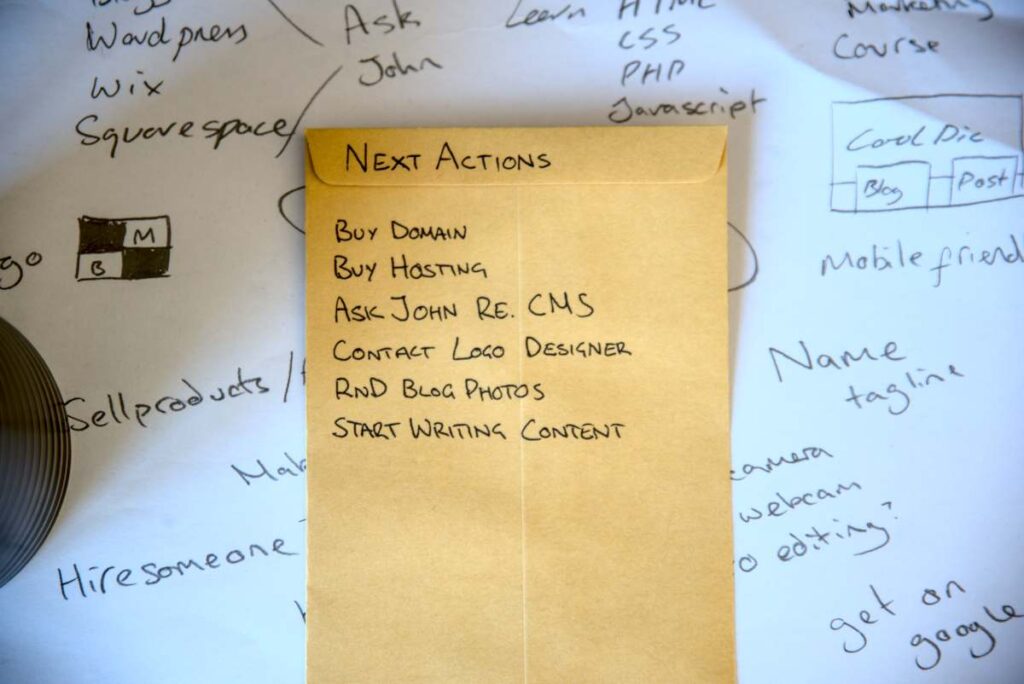
Then just go do them!

